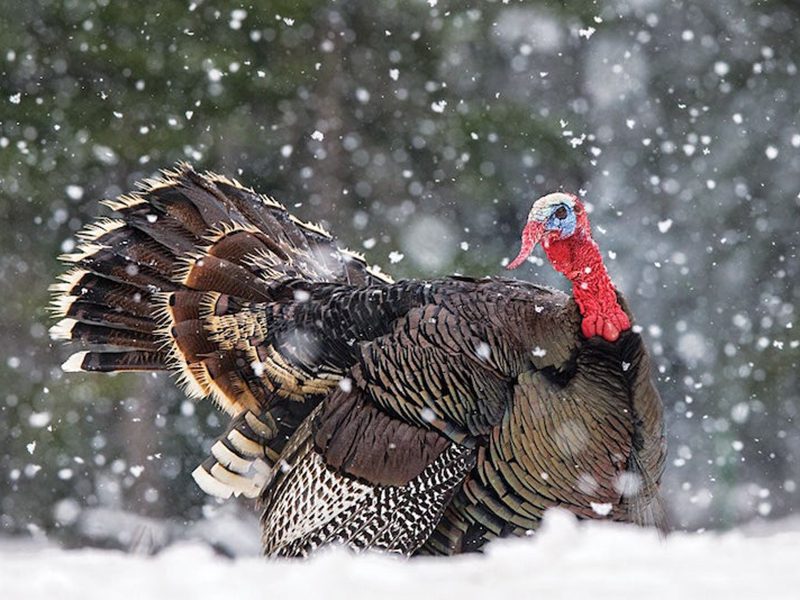 2022 is here and for most of us, life has begun to ‘normalize,’ Omicron not withstanding. And for that I’m thankful.
2022 is here and for most of us, life has begun to ‘normalize,’ Omicron not withstanding. And for that I’m thankful.
I’m thankful that the supply chain has allowed delivery trucks to deliver materials for seed kiosks to our local nurseries and box stores. True, I order seeds from several specialty seed companies online, but browsing the kiosks always reminds me that I haven’t planted this or that for a few years and I always come home with a few packets.
I’m thankful, too, that we came through 2021 without a whisper of a hurricane. We did have a few gusts, and I lost my Beaufort Angel weather vane on my garden house to an errant branch of Wax Myrtle. My wild area is filled with them and some are very tall indeed. Well, there’s always an angel on my shoulder when I garden so the loss is not too great.
And yeah, I’m thankful for Camellias! Those quintessential southern plants brighten up the dreariest winter day. I know that all kinds of books have been written about their care and feeding, but for me, these elegant ladies have needed nothing more than admiration. I’m sure they are ladies. Just as I’m sure that Live Oaks are gentlemen and Wax Myrtles are neither.
Although Camellias have over 250 species, we are familiar with just two down here, sasanqua and japonica, and of course, the species used for tea in our climate, sinensis. However, hybridizers have been at work recombining traits of various species to make many of the Camellias we find in gardens today. In fact, after several cold winters destroyed most of the Camellias in the U. S. National Arboretum, a new series called Winter Camellias was developed in 1991 which were hardy up to Zone 6!
I’m thankful for the internet and Zoom that allowed us to keep in touch with people we couldn’t see, touch or hug. Throughout the entire Covid isolation and even now, the Master Gardeners exchange email photos of what is growing in their gardens. We called it “Garden Therapy” and that it was. It allowed us a peek into gardens that we would never have seen otherwise.
I’m also thankful for garden bulbs. Planting bulbs is like an investment in a blue chip stock. It continues to reap dividends year after year without much attention from you. And not only that, the bulb portfolio increases every year, too. If my real portfolio behaved like bulbs, I’d have my own jet plane and an entourage! Actually, I do have an Entourage . . . but it’s a 14 year old Hyundai mini-van. I’m hoping it lasts as long as I do.
While the most popular bulb, the tulip, isn’t perennial down here, if you buy tulip bulbs in the fall and keep them in your garage fridge until you plant them in December, they will bloom in spring and behave like an annual, at least. Some on-line sources will ship pre-cooled bulbs, but again, don’t plant them down here until at least December, or they will likely emerge too early and be cold damaged. Don’t be fooled by our recent mild winters. It could snow anytime! Remember January 2018??
You’ve noticed that I don’t natter on about native plants much, but one of my favorites is a weeping Yaupon Holly. As I drive around Beaufort, I see so many which are festooned with berries and are just delightful. Yaupon holly’s botanical name is Ilex vomitorium. Probably so that people who can read won’t be tempted to eat a handful of berries, but the birds can’t read and they love ‘em. It’s suitable for even a small yard because it seldom is more than 4’ wide but it can be 15’ tall or even a little more where it’s happy. I’m thankful for those, too.
I’m thankful that our most precious commodity is still available for lawns and gardens – water. Some states are rationing it. California has for years. Our climate has sufficient rainfall to keep the water table sufficiently high. So far.
There are half-full glass people, and half-empty glass people, but I’ve always been in the ‘my cup runneth over’ group. I admit that the past few years have made it hard to keep the overflow going, and I have serious concerns about the future of our wonderful country. But I combat them by not looking too often at the big picture, and concentrating on the small one. The one that includes people whom I care about, and who care about me, the beauty of gardens, music to soothe, pets to cuddle, beautiful sunrises and sunsets, and in short, all the everyday things that are not toxic.
And I’m really thankful for you, dear reader! Happy January Thanksgiving.








